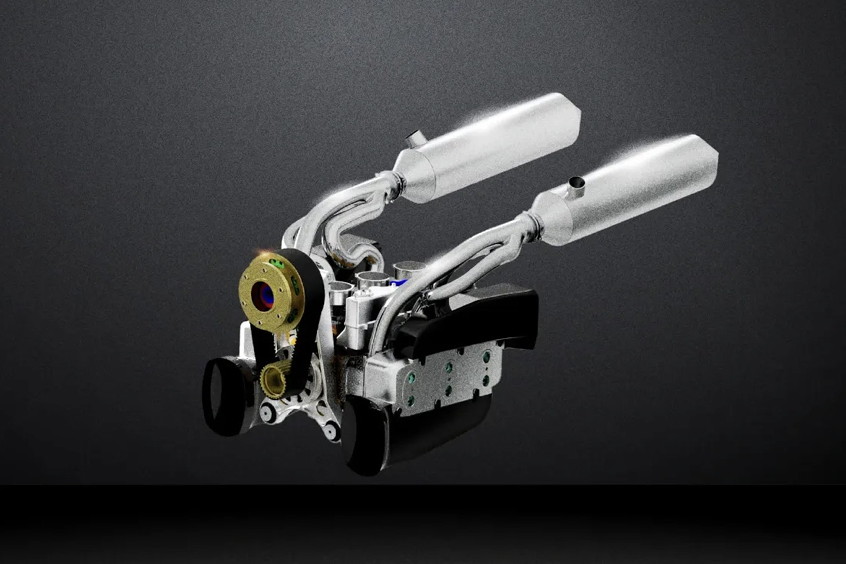The Boeing Company and the National Research Council Canada (NRC) announced today the successful demonstration of significant ice accretion in a simulated aircraft engine test rig with frozen ice crystals in air temperatures above 0ºC. This capability represents a significant step forward in the understanding of how ice builds up in aircraft engines under these conditions, which can affect in-flight engine performance.
Since the 1950s, ice crystal conditions have been identified as a potential problem for aircraft, but there has been no real understanding of the phenomenon. Over the last few years, however, NRC has been building on past research capabilities to gain a greater understanding of the effects of ice crystal ingestion on the safe operation of large aircraft engines. At the moment, NRC is a world leader in icing technology with expertise and proven capabilities in the formation of ice crystals.
"This work is a critical part of Boeing's multi-step action plan to tackle this important industry safety issue Demonstration of this type of ice formation in a rig-level test will further our understanding of how and why ice crystals form in a warm engine. That brings us one step closer to finding a solution to this industry issue and enhancing the safety of the air transportation system," said Corky Townsend, Boeing Aviation Safety director.
The NRC-Boeing research breakthrough announced today came as a result of a collaborative project to prove that ice crystals could form in an aircraft engine at temperatures above the melting point of ice. In flight, ice crystals can enter the engine, and are believed to form ice on engine surfaces in the core flowpath, where the air temperature is above freezing. NRC researchers conducted the tests in NRC's Research Altitude Test Facility, in which they could create both the cold conditions outside the engine and the warm conditions inside the engine necessary to correctly simulate the in-flight environment. They then produced ice crystals in the range of 70 to 200 microns in concentrations up to 15 grams per cubic metre and blew them into the simulated engine rig for the test.
Although the goal of the project was to create ice accretion in any quantity in a simulated engine S-duct in temperatures above 0ºC, the researchers succeeded far beyond expectations, and were able to build ice formations of the size which could affect engine performance. In addition, because the tests were recorded using regular and high-speed video, the researchers are now able to define some conditions in which accretion will and will not occur.
"This project makes excellent use of NRC's world-renowned expertise in aircraft icing," says NRC President Dr. Pierre Coulombe. "These results are an important first step in understanding what's happening at the particle level with engine icing in ice crystal conditions. Now, we can begin the process of modeling the phenomenon to predict and prevent it, and to ensure the safety of the travelling public."
Subsequent research will look at increasing the ratio of liquid water to ice crystals at the ice accretion site, a factor thought to be important in understanding this ice formation. In addition, subsequent projects will make use of the altitude capabilities in NRC test facility to further investigate the effect of air density on ice accretion.
| Contact details from our directory: | |
| Boeing Commercial Airplanes | Airframer |
| NRC Aerospace | Research/Consulting Services, Technical/Eng/Scientific Studies, Wind Tunnels, Testing Services, Acoustic Testing Services, Aerodynamic Test Services, Combustion Test Services, Spin Testing, Metallurgical Testing, Vibration Testing |
| Related directory sectors: |
| Test Equipment |
| Technical Consultants |
Weekly news by email:
See the latest Bulletin, and sign up free‑of‑charge for future editions.

EDGE launches Powertech for high-performance aero engines
GE uses exascale supercomputers for Open Fan engine

Embraer begins assembly of Austria’s first C-390
